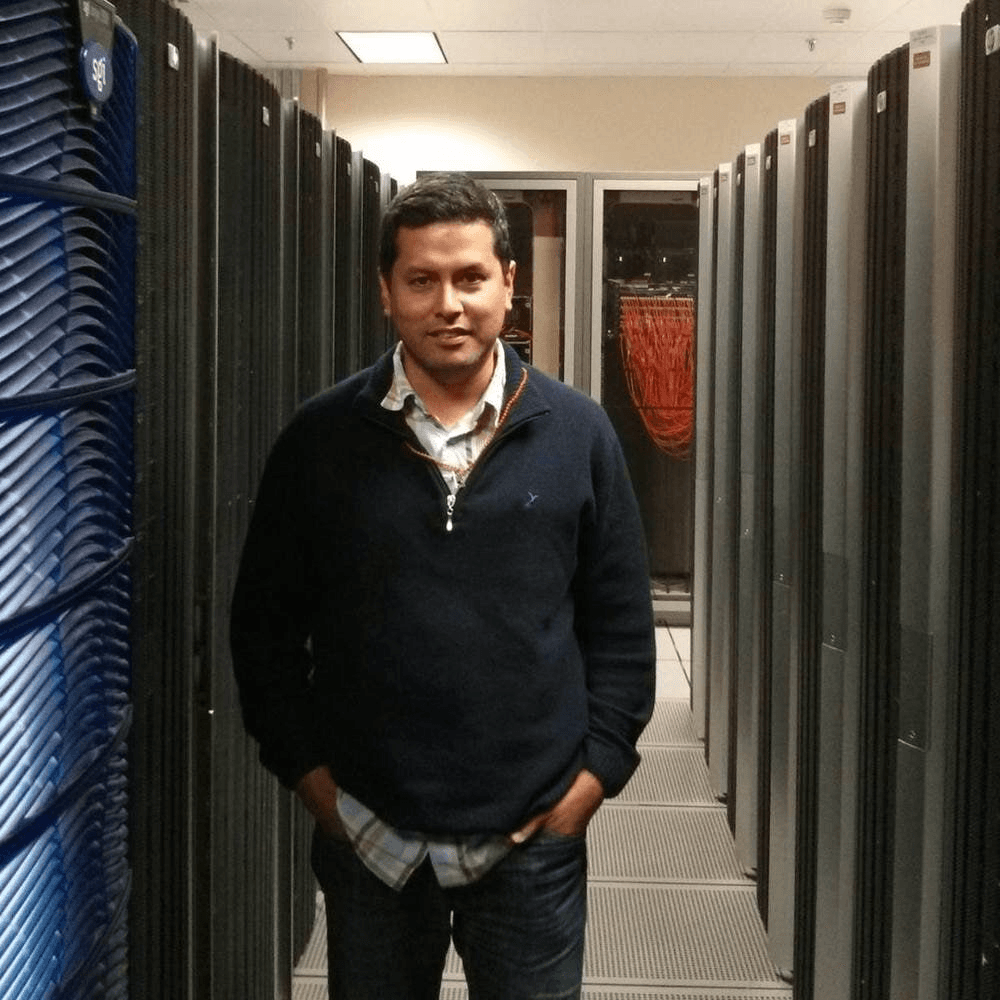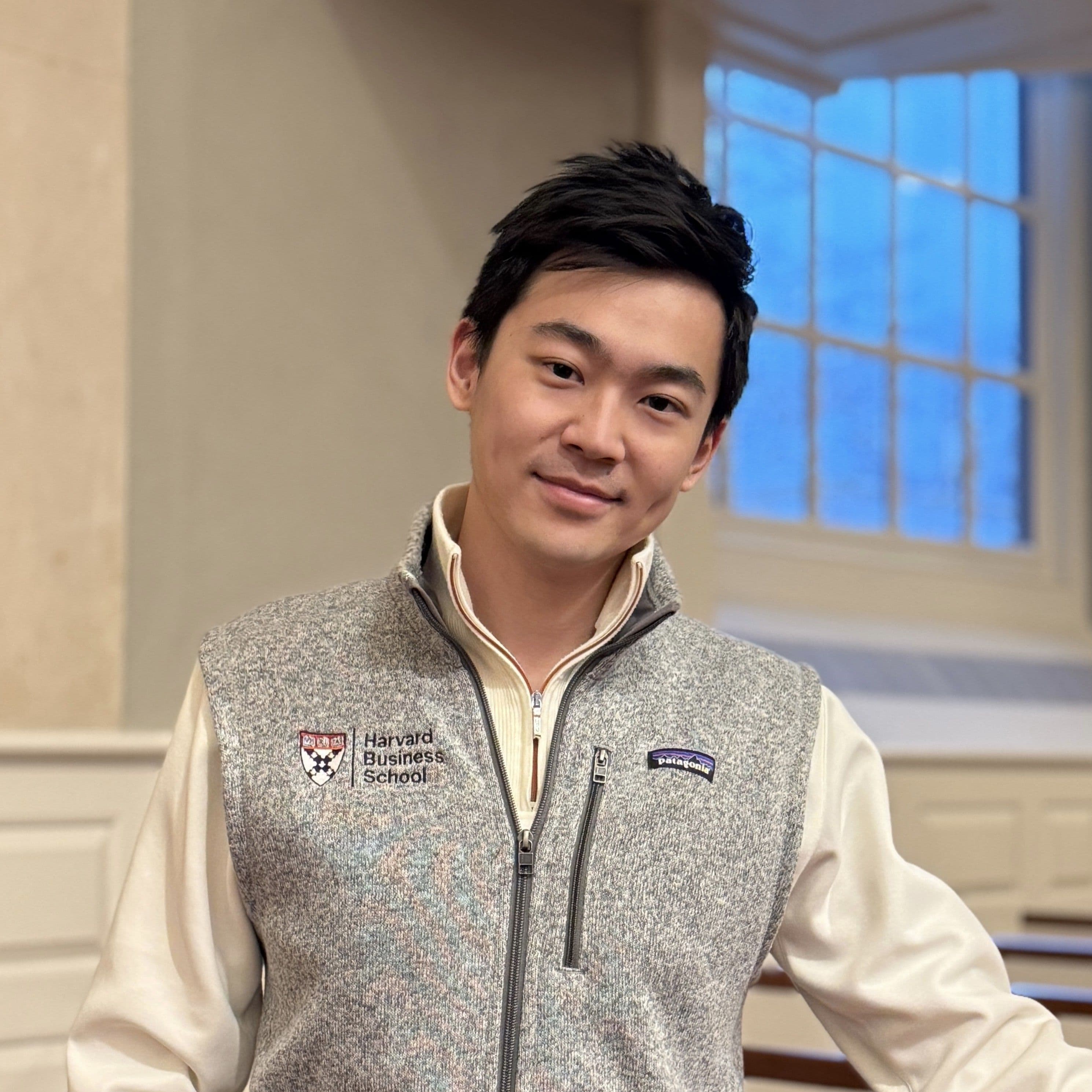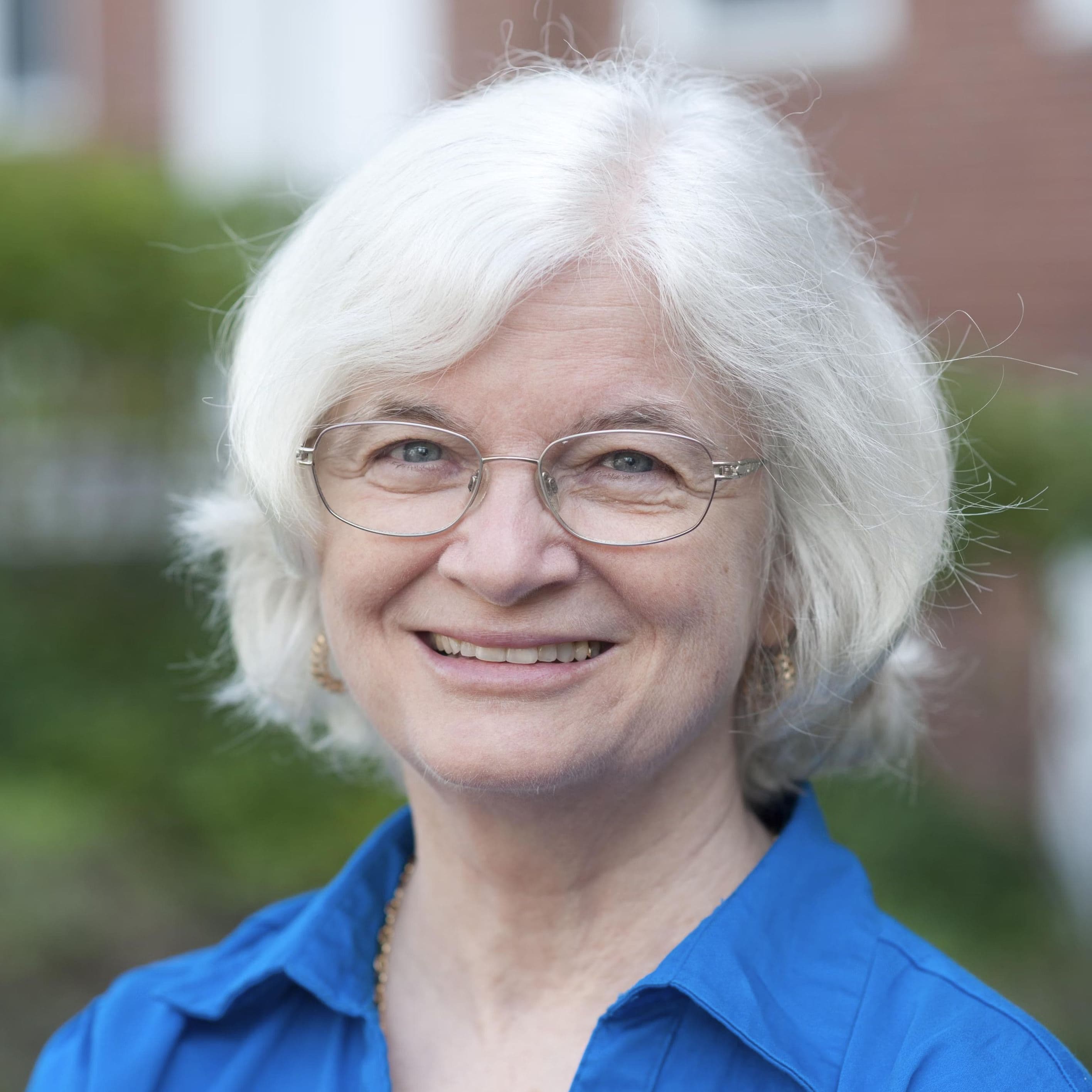![[Blockworks] Cracking Ethereum’s networking bottleneck](/_next/image?url=https%3A%2F%2Fcdn.sanity.io%2Fimages%2F0tszbs22%2Fdevelopment%2F2680ae4ef6d00fc67228ca52cbc1b6c39e24e179-1600x900.png&w=3840&q=75)
[Blockworks] Cracking Ethereum’s networking bottleneck
By Macauley Peterson
Blockchain throughput is bottlenecked by how fast data can move across the network.
Optimum removes this bottleneck using Random Linear Network Coding, the fastest and most efficient erasure code for decentralized networking.
Optimum empowers blockchains to scale for mass adoption.
mump2p is a high-performance pub‑sub protocol that dramatically reduces latency and optimizes the delivery of transactions, blocks, and data blobs.
This enhanced efficiency not only boosts network speed and scalability but also maximizes validator rewards—capturing every opportunity while using minimal bandwidth and CPU resources.
mump2p seamlessly integrates with your existing node setup through a simple API call and provides a more robust, scalable, and efficient blockchain ecosystem.
DeRAM is a decentralized Random Access Memory (RAM) layer that ensures Atomicity, Consistency, and Durability (ACD). DeRAM gives applications real-time read/write access to blockchain state, enabling fast, cheap storage and access.
DeRAM unlocks the next wave of latency-sensitive, onchain use cases that today's blockchain infrastructure have struggled to support: trading, gaming, AI, social and more.
What is RLNC?
Random Linear Network Coding (RLNC) is an advanced form of erasure coding that transforms data into smaller chunks, encoding them into random linear combinations before transmission. This method significantly improves network efficiency and fault tolerance, ensuring data can be accurately reconstructed even if some pieces are lost along the way.
Who created RLNC?
RLNC was developed through pioneering research at MIT, with MIT professor Muriel Médard recognized as a co-inventor. Her innovative work in this field laid the foundation for applying RLNC to modern network infrastructures.
How does Optimum use RLNC?
mump2p uses RLNC to supercharge blockchain data propagation. By encoding transactions, blocks, and data blobs into efficient, resilient packets, it dramatically reduces latency and bandwidth usage. This improvement speeds up network performance and maximizes validator rewards by ensuring that all data reaches its destination quickly and reliably.

Prof. Muriel Médard is the NEC Chair at MIT EECS, ranked #1 globally in Network Coding and co-inventor of Random Linear Network Coding (RLNC). Her accolades include membership in the US National Academy of Engineering (2020), membership in the US National Academy of Inventors (2018), leading Network Coding & Reliable Communications, and a tenure as the former IEEE Information Theory Society President.

Dr. Kishori Konwar brings deep expertise in distributed systems, coding theory, and AI to Optimum. He is a former Senior Engineer and Scientist at Meta, completed his Postdoctoral fellowship in Network Coding at MIT, and has experience as an Ex-Quant at Goldman Sachs.

Kent Lin drives Optimum’s adoption and ecosystem growth by overseeing business development, tokenomics, and fundraising efforts. He is a former Partner at GSRV, a $4B VC, and a Harvard MBA dropout who also served as President of the Harvard Blockchain Club. Additionally, he is the founder of the McKinsey Crypto DAO, a community of over 200 McKinsey alumni active in Web3.

Prof. Nancy Lynch, an advisor to Optimum, formerly served as the NEC Chair at MIT before Prof. Médard. She is renowned for publishing the first mathematical proof of Byzantine Fault Tolerance (BFT) in 1985 and for creating the DLS algorithm—an early precursor to Tendermint—in 1988.

Prof. Sriram Viswanath, an advisor to Optimum, earned his B.Tech. from IIT Madras, his M.S. from CalTech, and his Ph.D. from Stanford, all in electrical engineering. His accolades include receiving the NSF Career Award and the 2005 IEEE Joint IT/ComSoc Best Paper Award.





































































